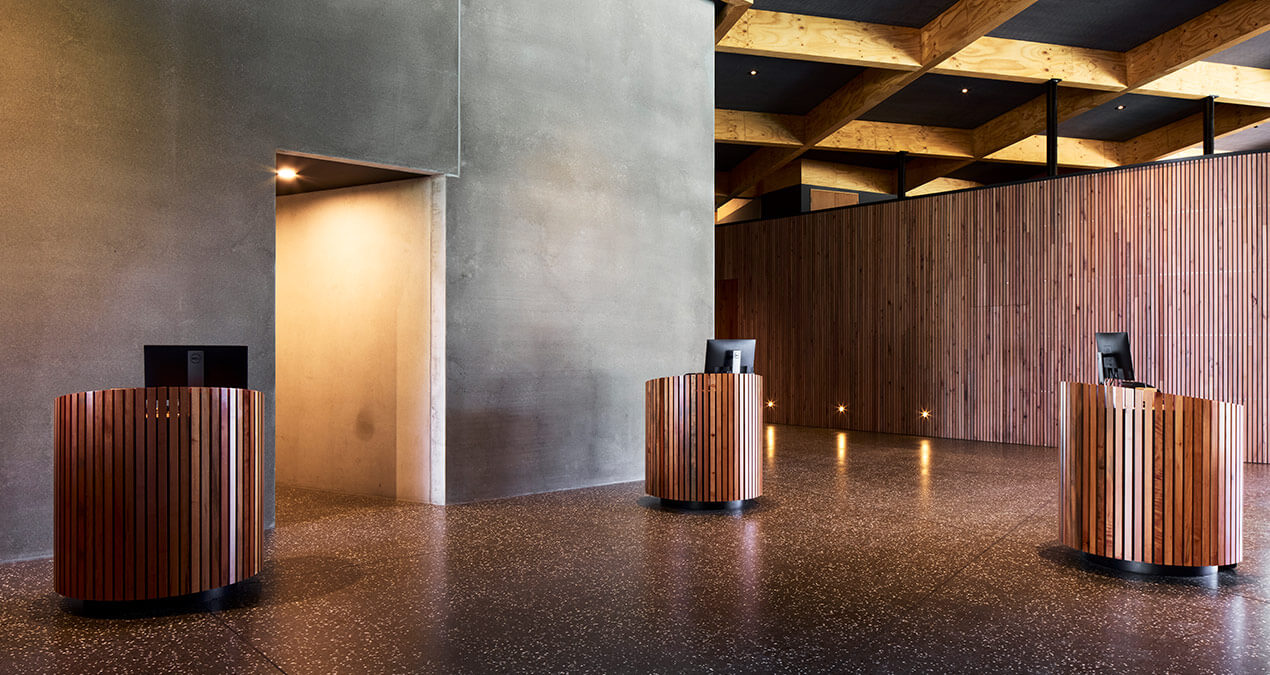Avoiding Colour Variations
Architectural and coloured concretes are susceptible to colour variations and other defects, which can detract from the appearance of the finished areas. Colour variations can appear or go away quite quickly, or over a longer timeframe. These colour variations are variously described as efflorescence staining, pinto, burnishing stains and possibly other names as well.


